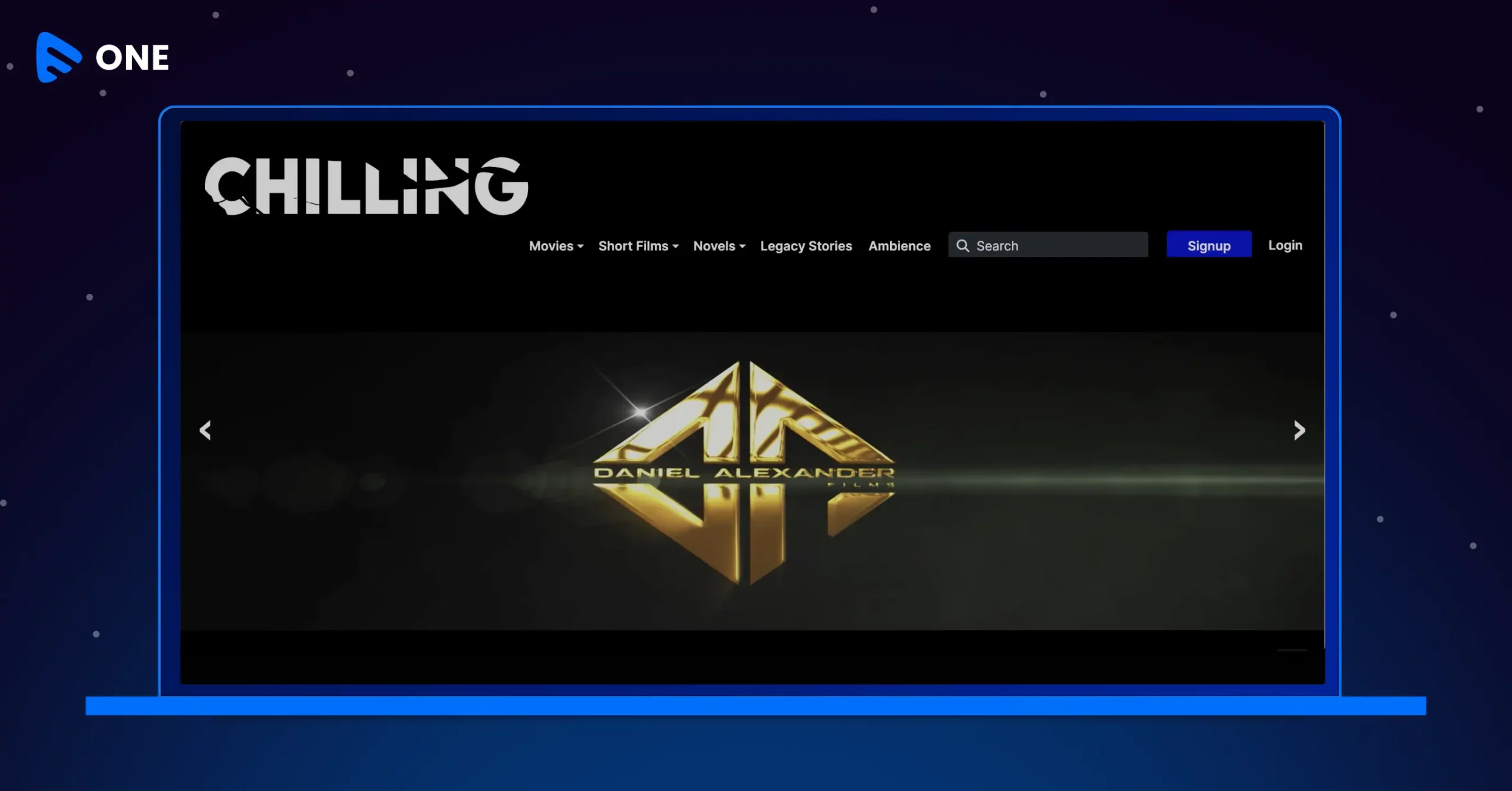Written by: Ankit Pandey
Digital advertising space is huge. Whether you are watching a video on YouTube or scrolling through Instagram feeds, or playing Coin Master, video advertisements are omnipresent. And why not? Research says, combining video with full-page ads on video streaming sites or any video advertising platform boosts engagement by 22% and 68% of consumers feel positive about watching video ads for mobile app rewards.
Statistics apart, have you ever wondered how these ads are so personalized? Why a biker only sees ads about bikes, riding gears, bike accessories while a beauty blogger is served ads about fashion, lifestyle brands, and cosmetics? Or wondered how Amazon is able to dynamically show you tailored ads on social media about products that you looking for on the eCommerce website just a while ago?
The remarkable personalization is made possible by the new age intelligent marketing deployed by apps, sites, and streaming services that keep track of your preferences and behavior across the web with the help of an ad server. The ad server keeps a tab on the users’ activity and relays the information back to the marketers so that they can present customized ads to users and improve the chance of conversion.
What are ad-servers, and how do they work?
Ad servers are made up of a typical ad software and a server that tracks the user activity. The advertisers are able to see the ads that are being functional on a site and manage them accordingly with the help of an interface located in the ad server. Among other things, the servers track
- User’s geographic location
- Details of the device being used
- Browser information
- The operating system of the user (Mac, Windows, Android, or Linux etc.)
This information is then followed by a report which enumerates clicks, views, watch duration etc. The report helps advertisers redesign ads to suit a specific consumer and this time more accurately.
Once the advertiser is provided with a desired space, they add visible features such as banner ads, links etc. The publishers can also add tags to their respective page not only to benefit the visitors but also to help the advertiser market to consumers directly. After the ad is roll-ready, the advertiser can swap out which ad will be displayed without having to check in or make adjustments with the publisher. The publishers also get benefitted as they don’t have to move to the back end of the site to set separate ad codes for each different advertiser. They can make any changes through the ad server.
Ad Network: What do they do?
Ad networks are responsible for showing different ads from a set of advertisers over a wide selection of publishers who want to generate revenue from their platform by hosting ads. In other words, ad networks are the extension of the functions that an ad server performs. Through ad networks, multiple advertisers can upload their ad campaigns.
Ad networks are beneficiary to each of the three parties who together form the digital landscape: the network, the publisher, and the advertiser. To make it simpler, let’s assume an advertiser offers $5 for each click. Here, every click gives the publisher $ 4.50 and the ad network pockets $0.50. The advertiser is aware of the fact that even if they fail to make a sale, visibility and brand awareness is definitely increased and that’s what matters to them the most.
If we categorize ad network, display, text, and rich media, ad networks comprise giants such as Google AdSense, Adsterra network, Infolinks etc. The mobile-based ad network is basically in-app advertising spearheaded by companies such as InMobi, AdMob, Chartboost, AdColony etc. Similarly, video-based ad networks are ruled by VidRoll, Selectmedia, Undertone etc. Ad networks can also be classified based on the kind of monetization that a publisher is hoping to achieve.
However, it’s important to note that especially when dealing with users in the European Economic Area (EEA) or the UK, publishers using Google AdSense, Ad Manager, or AdMob must utilize a Google certified CMP (Consent Management Platform) that integrates with the IAB Europe’s Transparency and Consent Framework (TCF) v2.2. This ensures compliance with data privacy regulations like GDPR.
Read more about Choosing the Right Ad Network for Your Online Video Business on this Muvi Blog.
Difference between an Ad server and an Ad network
The primary difference between ad server and ad network is an ad server uses technology to allow publishers and advertisers to curate ads for a specific audience or even to a specific person. However, ad network helps companies to find the right place to put ads in the digital landscape. Ad network analyzes, tracks, and feeds the information to the publishers and advertisers on the other end.
An ad server is a part of an ad network whereas every ad network has their own ad server. Ad server enables advertisers to track post-click activities such as sales, leads, downloads, engagements, video engagement etc. On the other hand, the ad network allows an advertiser to ensure that their ads are displayed on the best possible website and reach the target audience.
Ad Server vs Ad Network: What to choose?
Let’s put it straight. Ad servers provide more customization options in how your ads are showcased on the video streaming platform. Also, Ad servers allow the publishers to deal with multiple advertisers sans any modification in the respective app or site. If you are hands-on with the mechanism, it’s recommended to opt for your own ad server than to go for an ad network. If you don’t want to bear the stress of putting together and manage an ad server, alternatively you should go for an ad network. However, ad network not necessarily will help you address your exact demand. So, before picking your option, evaluate which one suits your business and your requirements.
[ Load your live feed on Muvi platform and deliver real-time content to your viewers instantly. Try now. ]













Add your comment